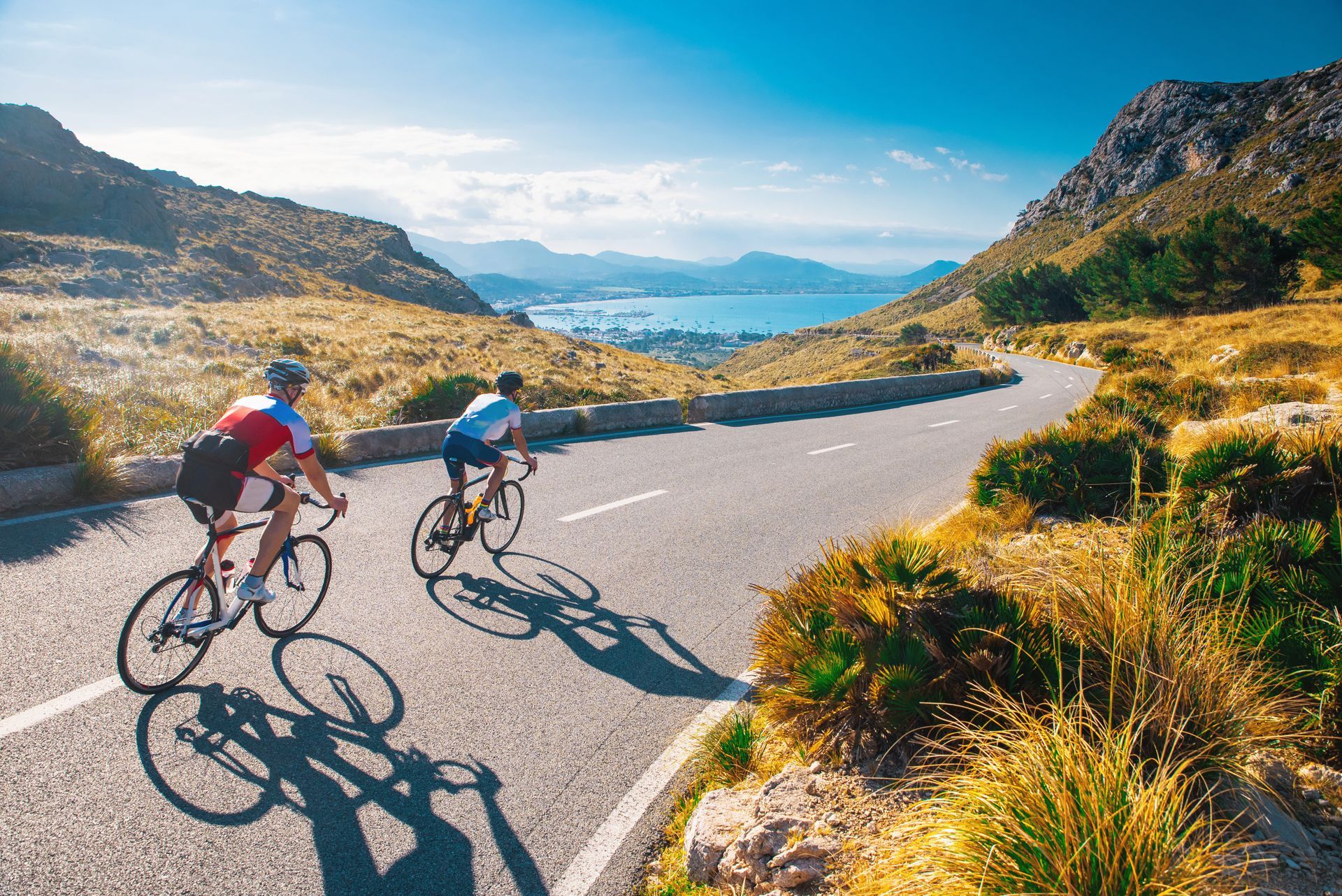Running Events in Colorado
Common Running Events in Colorado - and Various Types of Races!
Races come in a variety of distances and varieties. You can find races based on length or type of running, and each event contains unique sets of rules and challenges. Here are some common types:
- Sprints: These are short-distance races typically run on a track, and include distances such as 100 meters, 200 meters, and 400 meters.
- Middle Distance: These are somewhat longer track events, and include distances like the 800 meters, 1500 meters, and the mile.
- Long Distance: These races can occur both on and off the track, and include distances such as the 5K, 10K, half marathon (13.1 miles), and marathon (26.2 miles).
- Ultra Running: These are any races longer than a marathon. They commonly include distances such as 50K, 50 miles, 100K, and 100 miles, but can also be time-based, like 12-hour and 24-hour races.
- Relays: These races involve teams of runners who each run a section of the total distance. The most famous of these is perhaps the 4x100 meter relay in track and field, but there are also long distance relays like the Ragnar Relay series.
- Trail Running: These races are run on hiking trails, often in the mountains, and can be any distance but are often longer distances.
- Obstacle Course Races: These races combine running with various physical challenges, like crawling under barbed wire or climbing over walls. Examples include Tough Mudder and Spartan Race.
- Steeplechase: A track event, typically 3000 meters, where runners must negotiate barriers and water jumps.
- Fell Running: Also known as hill running or mountain running, these races take place on upland country, with the route often unmarked and requiring navigation skills.
- Cross Country: These are typically run on open-air courses, like parks or golf courses, over natural terrain.
- Adventure Racing: A combination of two or more disciplines, including orienteering and navigation, cross-country running, mountain biking, paddling, and climbing.
List of common races in Colorado
For specific event details, dates, and sign-up information for full list of races, click here.
To sign up for USA Running membership click here.
- BolderBOULDER: This is a 10k race held annually in Boulder, Colorado on Memorial Day. The race culminates at the University of Colorado's Folsom Field and typically attracts a large number of participants.
- Pikes Peak Ascent and Marathon: Held annually in Manitou Springs, this race is a challenge due to its elevation gain. The marathon covers the ascent and then the descent of Pikes Peak, while the ascent race finishes at the summit.
- Leadville Trail 100 Run: Known as the "Race Across the Sky," this ultra marathon race is 100 miles long and takes place along trails and dirt roads near Leadville, Colorado.
- Colfax Marathon: Denver’s only marathon, the Colfax Marathon is the largest running event in Colorado and includes a marathon, half marathon, and urban 10-miler.
- Rock 'n' Roll Denver Half Marathon: This event includes a half marathon and a 10k race. It's part of the Rock 'n' Roll Marathon Series and includes live music along the route.
- Georgetown to Idaho Springs Half Marathon: This scenic downhill race starts in the mountain town of Georgetown and ends in Idaho Springs. It's popular for its beauty and the chance to achieve a personal record due to the downhill course.
- Run the Rockies: These races in Frisco offer both a half-marathon and 10k option. The route follows the Ten Mile Creek and offers beautiful mountain views.
- World Championship Pack Burro Race: This race takes place during "Burro Days" in Fairplay, Colorado. The event is typically held in late July and spans a 29-mile course from Fairplay to the 13,185-foot summit of Mosquito Pass and back. Best part about it? In this race, each runner is partnered with a donkey and they must work as a team. The runner is not allowed to ride the donkey; instead, they can push, pull, drag or carry the donkey.
Side note - I highly recommend the book, Running with Sherman: How to Rescue a Donkey with the Heart of a Hero, written by Christopher McDougall (author of Born to Run). In this book, McDougall details his experience training for, and
running with Sherman in the World Championship Pack Burro Race.
Is This Your First Running Event?
I offer a holistic approach to guide you towards your running goals. My expertise lies in developing personalized training plans that reflect your unique fitness level, time commitments, and race ambitions, ensuring a challenging yet achievable path to success. I prioritize teaching correct running form to maximize your efficiency and safeguard against injuries. My commitment to accountability and motivation will keep you on track, even when the going gets tough. Furthermore, I offer advice on nutrition and hydration strategies to fuel your training and optimize recovery. Race day can be nerve-wracking, especially if it's your first event; I aim to prepare you fully, covering aspects from pacing strategy to mental preparation, to ensure you step on the start line with confidence. By choosing me as your personal trainer, you're not just getting a coach, but a dedicated partner in your journey to becoming a stronger and more accomplished runner.
Fill out my contact form and we'll get in touch!





